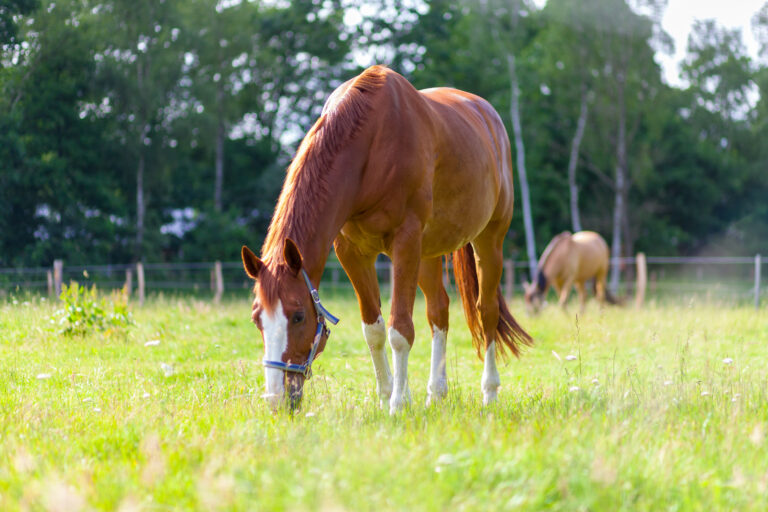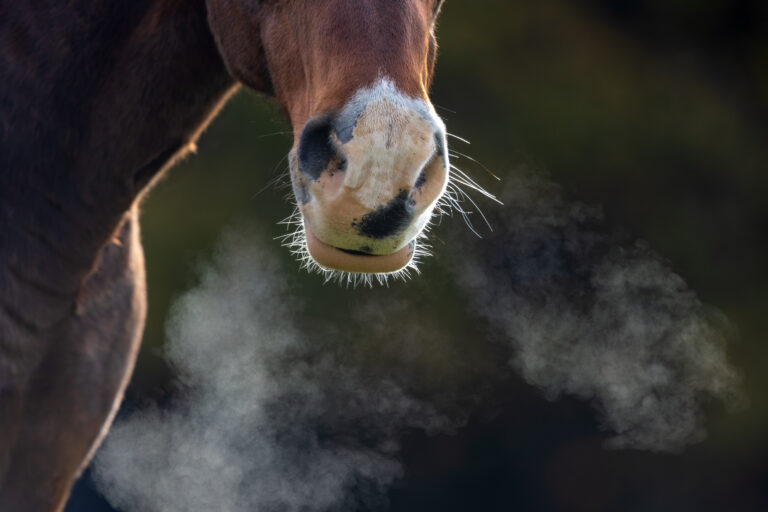
At the 2023 AAEP Convention, John Chalk, CPA, JD, CFP, ChSNC, of Trinity Portfolio Advisors, in Southlake, Texas, shared financial data his firm has gathered from 23 equine veterinary practices of various size, type, and location over the past 10 years. In his presentation, he looked at data from the cohort’s last three years in revenue and expense categories to create updated benchmarks based on the average figures. Chalk said the goal was to allow industry professionals to compare benchmarks for the cost of professional services (COPS), compensation, operational expenses, and profitability with their practice’s performance and to create a metric for estimating a practice’s value.
Equine Practice Financial Study Findings
Chalk reported the study’s findings in three areas: income statement, balance sheet, and practice value. When comparing income statement expense benchmarks from 2012 to 2023, COPS remained equivalent at about 27%, but employee expenses as a percentage of revenue fell from 44.5% to 40.8%, a savings of $37,000 per $1,000,000 of gross revenue. When looking at these expenses in more detail, Chalk said employee costs had decreased primarily in the area of lay staff; the 2012 benchmark average of 14.9% had fallen to 11.8% in the new 2023 benchmark. Although practices were using lay staff more efficiently, it is possible that increasing profit by reducing staff costs might have burdened veterinarians with more nonmedical tasks, he said.
Chalk reported that while overall administrative expenses rose about 1%, facility costs fell about 2%. The administrative expense increase was primarily from credit card fees, memberships, and sales taxes. The decrease in facility costs was distributed across many categories, but the largest decrease was the benchmark for rent, which averaged around 5.7% in 2012 and 4.3% in 2023. These changes in practice expenses led to an increase in profitability (EBITDA, Earnings Before Interest, Taxes, Depreciation, and Amortization) from 11.3% to 16%, or $160,000 per $1,000,000 of gross revenue.
Recommended Amount of Available Cash
Chalk shared important advice from the balance sheet averages about the recommended amount of cash a practice should have available for ongoing expenses. The average among the practices in the study was 31 days, or about one month’s worth, of operating expenses. “As a people group, you are cash hoarders,” said Chalk. “Many practices have as much as 150 days of operating expenses held in cash.” He added that the average number of days sales held outstanding in accounts receivable was 23 among the study practices. Many equine practices have much higher accounts receivable and, consequently, days sales outstanding. Monitoring days sales outstanding is a good way to measure progress, he said. The lower this number, the better.
How Much Profit to Take out in Distributions
An important decision practice owners must make is how much profit to take out of the practice in distributions. The 2023 average in the study was 59%, Chalk reported. This means $0.60 of each dollar of profit is being taken out as owner distributions. This contributes to the practice value being a 4.2x multiple of EBITDA, he added. Because in different business entity types, such as LLCs, some owners’ salaries are not listed as expenses, adjustments must be made to calculate true EBITDA. Practices might need to make adjustments to facility rent expenses, as well. Chalk’s firm made these adjustments, when appropriate, to the practices involved in the study. He encouraged attendees to know their EBITDA and calculate their practice’s value regularly as a key performance metric.
Final Thoughts
In closing, Chalk said while he expects a leveling off of the mid- to high-single-digit revenue growth seen in the past few years, he expects increases in profitability based on continued innovation and efficiency on the expense side. “I am bullish on the industry,” he stated. “I expect to see EBITDA climb in the next decade to 20% or higher.”
Disclaimer from sponsor: This content is subject to change without notice and offered for informational use only. You are urged to consult with your individual business, financial, legal, tax and/or other advisors with respect to any information presented. Synchrony and any of its affiliates, including CareCredit (collectively, “Synchrony”), make no representations or warranties regarding this content and accept no liability for any loss or harm arising from the use of the information provided. All statements and opinions in this article are the sole opinions of the author and roundtable participants. Your receipt of this material constitutes your acceptance of these terms and conditions.
Sponsored by










